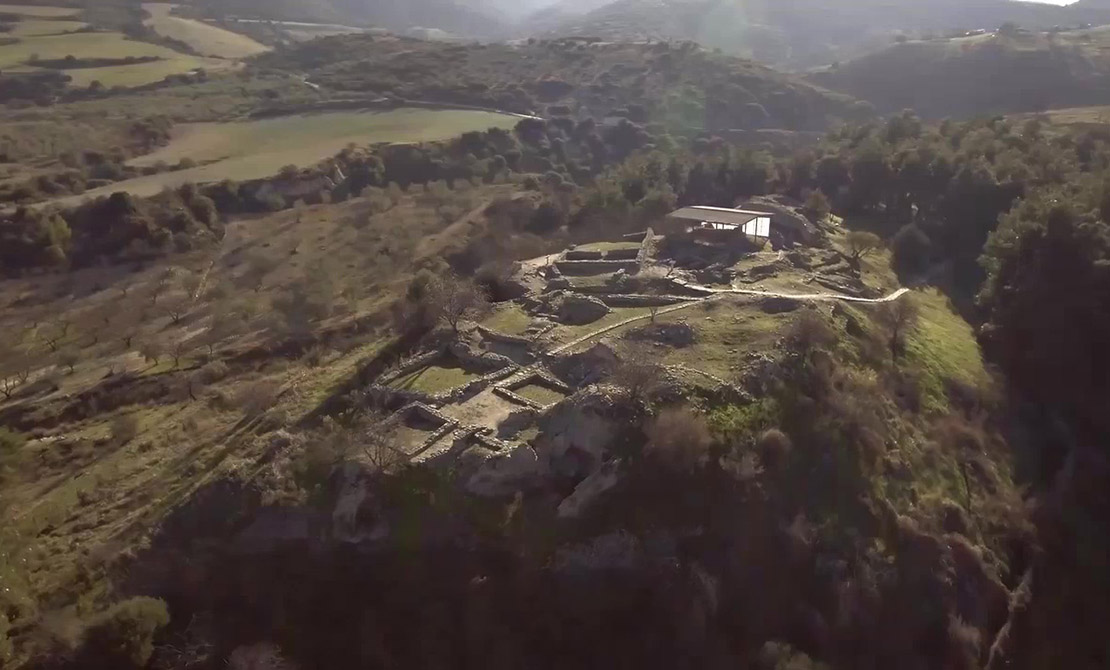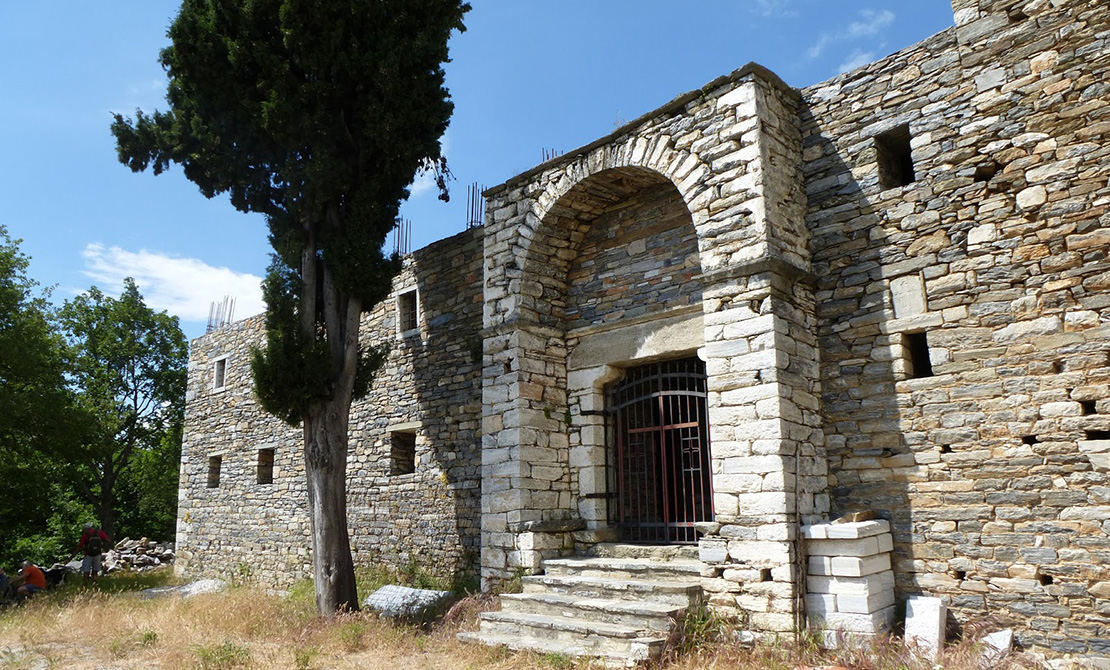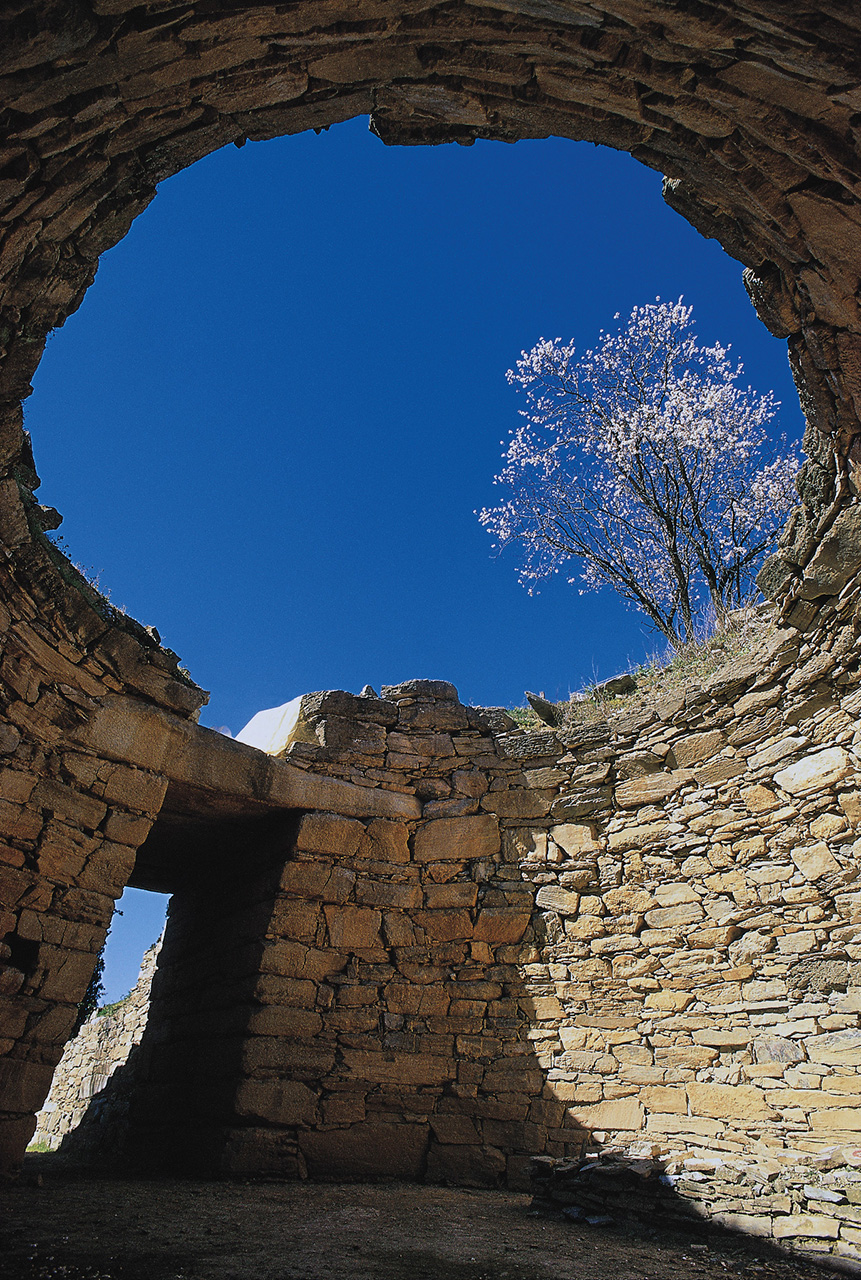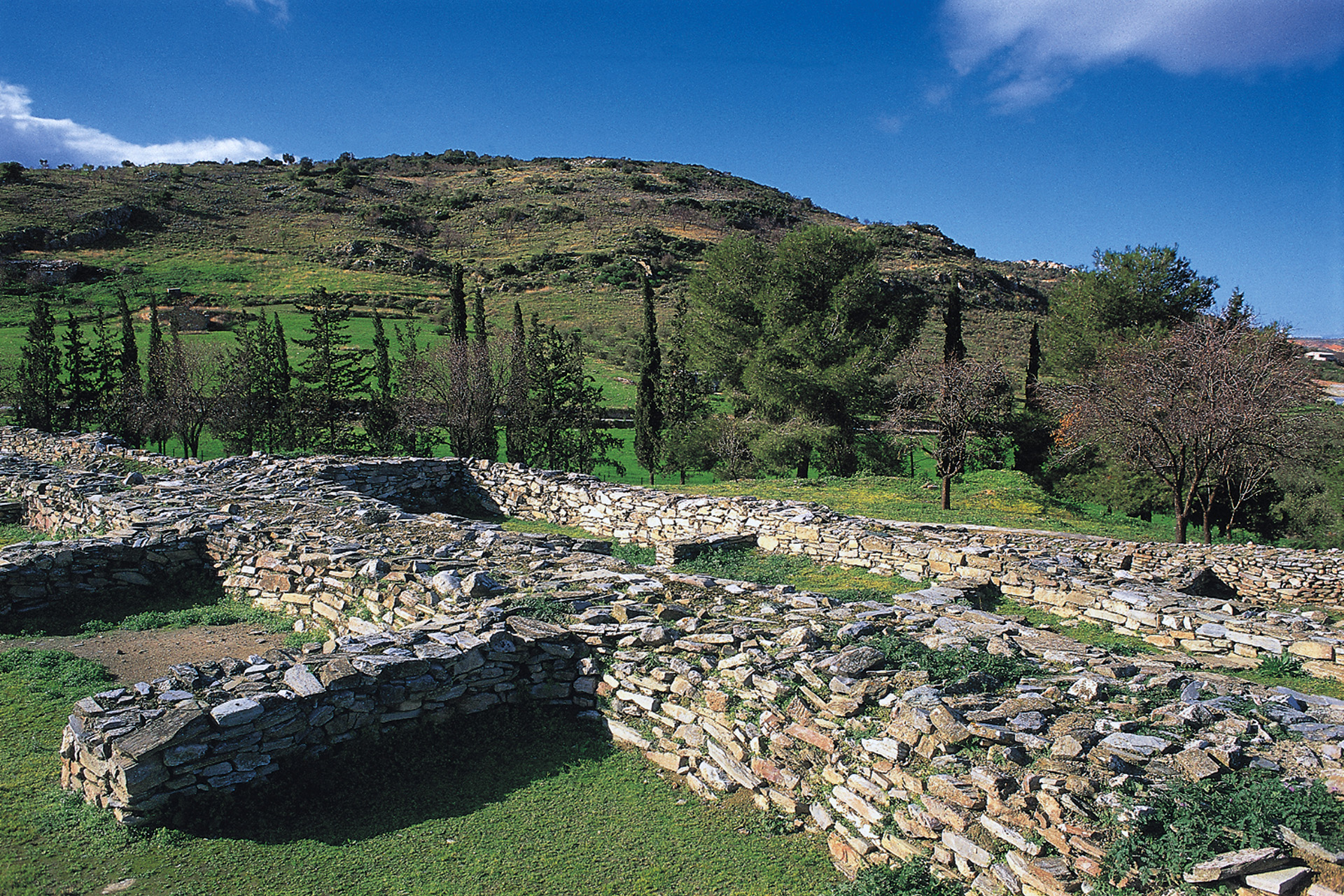
Archaeological Site of Sesklo
July 1, 2019
Monastery of Sourvia
July 1, 2019
Archaeological Site of Dimini
Telephone numbers: +30 85 960 24210, +30 24210 25285, +30 24210 28 563
The archaeological site of Dimini, 5km west of Volos, next to the homonymous village, was originally known from the remains of the Neolithic settlement on the hill. In recent years a very important large Mycenaean settlement has been excavated, which is identified with ancient Iolkos in newer studies. Beautifully built houses have been excavated on either side of a long street.
The largest and well organized settlement of Late Neolithic era is 5km SW of Volos and is built with an early urban perception. It has been excavated in a large area. The first houses were discovered on the hill between enclosures, and are built in pairs around the hill. The site was inhabited since the end of the 5th millennium BC.
Neolithic Dimini counted 200-300 inhabitants. Six stone enclosures were built around the settlement in pairs. The first two define the main courtyard. All the houses are situated around the central courtyard or the space created between the pairs of enclosures. The houses were big and had adjacent auxiliary buildings, which left a roofless space between them for communal courtyard. Among the finds of the excavations there are many stone and bone tools, abundant pottery, figurines and jewellery (made of bone or clay).
Next to the hill with the Neolithic remains, in the plain that stretches to the sea side, in an area of over 100 acres, the most important relics of the Mycenaean settlement in the region were recently revealed, which –according to the excavator– is identified with ancient Iolkos. “Megaron” (Palace) houses were found built with the same orientation, on either side of a wide street. The settlement dates back to the 15th-12th century BC.
Within the limits of the settlement a particularly large pottery kiln and another laboratory were revealed. The center of the settlement is located on the hill with the Neolithic remains, where the foundations of a large Mycenaean palace are found, on the southwest edge of the central courtyard, in a dominating position, overlooking the Pagasetic Gulf. The two vaulted tombs found are assigned to the kings of Iolkos.


